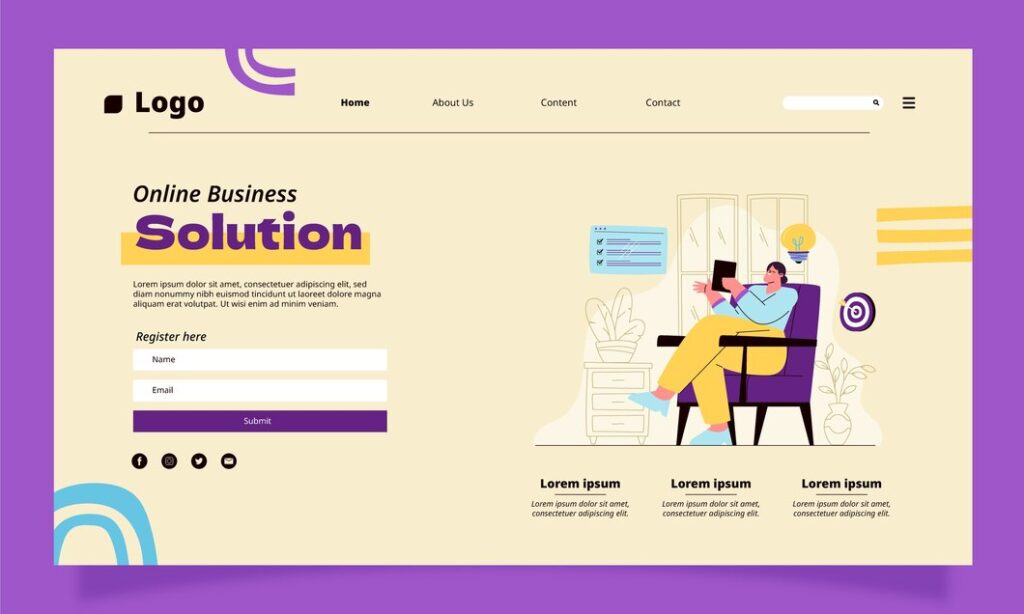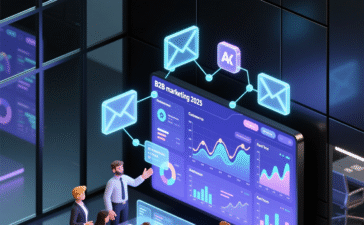
In digital marketing, your website is your storefront—and every page has a job to do. Two of the most powerful pages in your marketing toolkit are landing pages and sales pages. While they might seem similar, they serve very different purposes. Using the right one at the right time can make or break your conversion rates.
What Is a Landing Page?
A landing page is a standalone web page created with one clear goal—usually tied to a specific campaign. This could be collecting emails, offering a free resource, or prompting users to sign up for a webinar.
Key Features:
- Minimal distractions (no navigation menu or external links)
- A single, focused call to action (CTA)
- Short-form content (in most cases)
- Optimized for lead generation or data capture
Common Use Cases:
- Paid ad campaigns
- Lead magnets
- Newsletter sign-ups
- Event registrations
What Is a Sales Page?
A sales page is designed to sell a product or service. It includes more detailed, persuasive content—telling a story, highlighting benefits, and handling objections before leading the visitor to a purchase.
Key Features:
- Long-form persuasive copy
- Multiple CTAs throughout the page
- Testimonials, case studies, or social proof
- In-depth product/service information
- Often includes pricing, guarantees, FAQs
Common Use Cases:
- Online courses or digital products
- High-ticket services
- Product launches
- Affiliate offers
Landing Page vs. Sales Page: What’s the Real Difference?
| Feature | Landing Page | Sales Page |
|---|---|---|
| Goal | Capture leads | Drive a sale |
| Content length | Short and focused | Long and persuasive |
| CTA | One clear CTA | Multiple CTAs leading to the same outcome |
| Use of media/testimony | Minimal | Frequently used |
| Ideal for | Lead generation, event sign-ups | Selling products or services |
Which One Should You Use?
- Use a landing page when your goal is to collect information or guide users to the next step in your funnel.
- Use a sales page when your goal is to convert traffic into customers directly.



